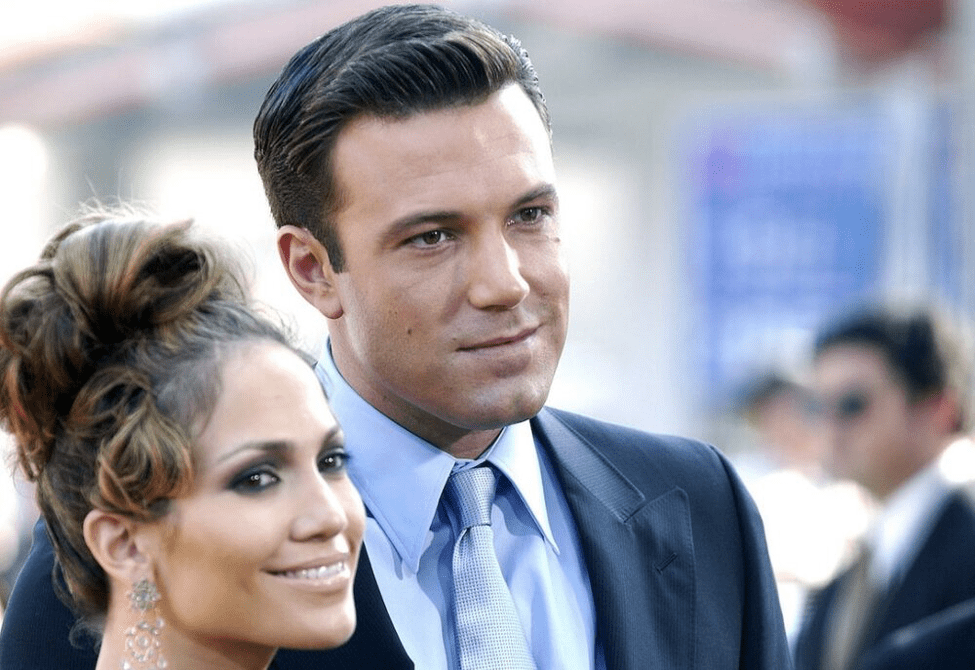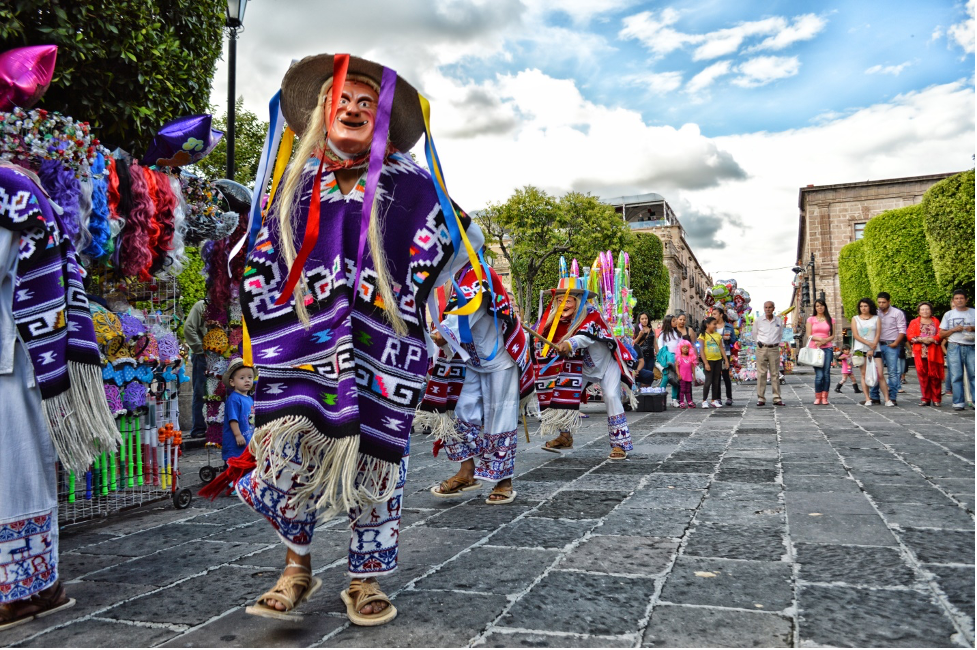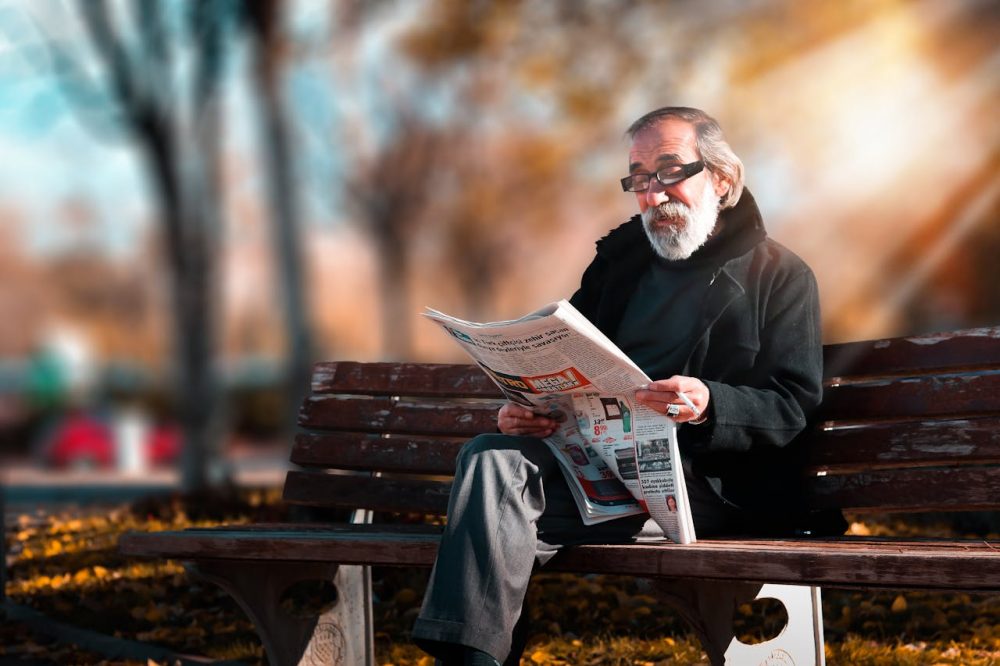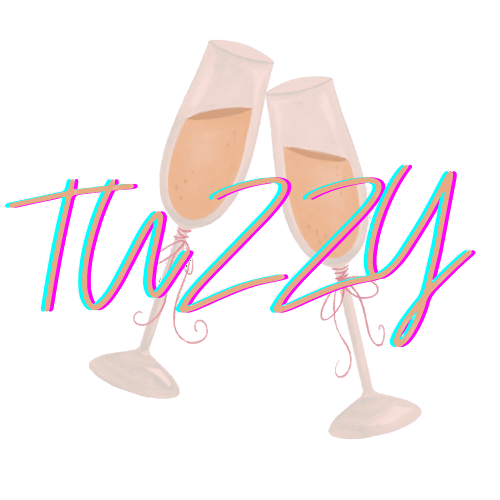For anyone not in the loop, LGBTQI+ stands for Lesbian, Gay, Bisexual, Transgender, Queer or Questioning, Intersex, and the plus symbolizes the myriad of other identities under the umbrella.
Now, expressing these terms and ideas using spoken languages has evolved over time. But guess what? So has their representation in sign language!

Shvets / Pexels / Here’s how language interpreters can refer to the LGBTQI+ community the right way.
Let’s Start With the Basics: G-A-Y
How do you convey "gay" in American Sign Language (ASL)? It is quite simple: Imagine making a 'G' sign (index finger and thumb extended, forming a circle) near your cheek and then moving it away from your face in a little arc. Essentially, it kind of feels like giving a mini salute, doesn’t it?
But ASL Isn't Universal!
Before moving ahead, remember that there is no 'universal' sign language. Different regions have their variations, just like spoken languages. So, British Sign Language (BSL), French Sign Language (LSF), and others might have different signs for the same terms.
Expanding the Vocabulary
Just like with spoken language, context is key. Sign languages have developed ways to describe not only sexual orientation. But also gender identity and expression. For example:

Shvets / Pexels / The right (and respectful) of making a “gay” sign is making a “G” sign by extending your thumb and index finger.
- Lesbian: In ASL, you can place an 'L' hand shape (index finger and thumb extended, making an "L") near the chin and then move it in a slight arc away from the face.
- Bisexual: A "B" handshape (flat hand with all fingers extended) is used, moving it from one side of the mouth to the other.
- Transgender: It gets a bit symbolic here. In ASL, you can use the sign for 'CHANGE' followed by the sign for 'GENDER.' This involves using both hands in a “closed 5” handshape (think of it as a fist) and then changing their places.
Keeping It Respectful
One thing to note: Just as in spoken language, there are outdated or derogatory terms that we should not use. The signing community is just as dynamic, and certain signs that might have been acceptable in the past might be deemed offensive today. Always be open to learning and correcting yourself. Respect is the universal language, after all!
The Fluidity of Sign
The beauty of sign language, especially when expressing gender and sexuality, is its fluidity. While certain standardized signs exist, individuals often create personal signs to express their identity best. This makes sign language beautifully personal and adaptable.

Brett / Pexels / One of the key components to bear in mind is that language interpreter should be respectful while referring to the gay community.
Some Handy Tips
Here are some handy tips to consider:
Ask First
If you are unsure about the correct sign or if the individual you are communicating with has a preferred sign, just ask.
Most people appreciate the effort you are making.
Use Fingerspelling
If you are stuck or encounter a new term you do not know the sign for, fingerspell the word. It is a great way to ensure clarity and learn on the go.
Stay Updated
The LGBTQI+ community, its terminologies, and the signs representing them are constantly evolving. Stay in touch with the signing community to keep up-to-date with the latest signs.











